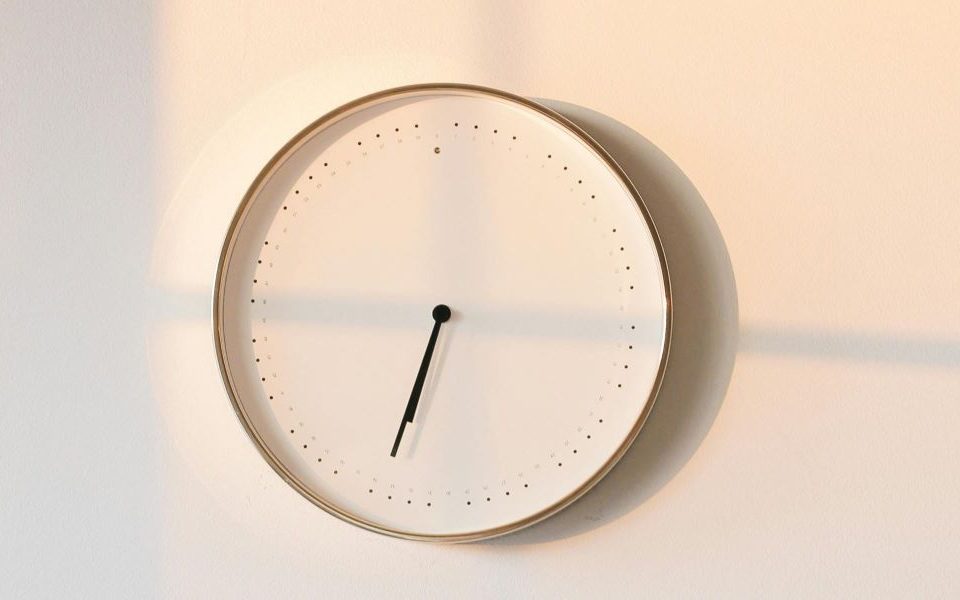
How to Sleep Well
January 29, 2021
Protect the Brain with Sleep
March 26, 2021Many folks come to me and tell me that their PCP or sleep doctor told them about something called “sleep hygiene,” and handed them a list of a dozen or so behaviors they could change to try to improve their sleep. Like dutiful patients, people go home and try to modify as many behaviors from that list that they can, and then voila! Sleep issues magically fixed!
Yeah right. You’re too smart to fall for that. In actuality when you implement these strategies, what happens? Zilch! Nada! No improvement in sleep after trying sleep hygiene tips.
Not surprisingly, people are often quite underwhelmed at the capacity for behavior change to be effective in improving insomnia or sleep issues.
For those of you who haven’t heard of sleep hygiene, it is exactly what I described, a list of behaviors and environmental changes someone can make to improve sleep, such as avoid exercise after 7pm, ensure you sleep in a dark and cool environment, avoid caffeine after 12pm, etc. Sleepfoundation.org has a nice post about sleep hygiene.
The reason this approach doesn’t work for people, especially those with more enduring insomnia issues, is that sleep hygiene as a standalone intervention doesn’t solve the issue. It’s not to say that sleep hygiene can’t help strengthen your sleep environment and the behaviors around sleep–it can–but on it’s own it won’t make dramatic changes to your body’s ability to sleep.
For that you need to re-entrain your circadian rhythm, build up your sleep pressure, and strengthen the cues between your bed (and bedroom) and sleep. Those changes are all made during the comprehensive 6-8 week sleep protocol of Cognitive Behavioral Therapy for Insomnia (CBT-I). When taken together, the changes made during this treatment can have a dramatic impact on sleep, with upwards of 80% of previous study participants reporting improvements in total sleep time and sleep quality.
I usually teach people about sleep hygiene during the maintenance or relapse prevention phase, when we’ve already tuned up their sleep and we are just refining a few things to ensure they’ve addressed everything they can.
So, next time a doctor gives you a handout filled with changes you can make to your behaviors or environment for sleep, you’ll be armed with the knowledge that for insomnia at least, that won’t be enough. Then you can ask them for a referral to a CBT-I provider like myself.




